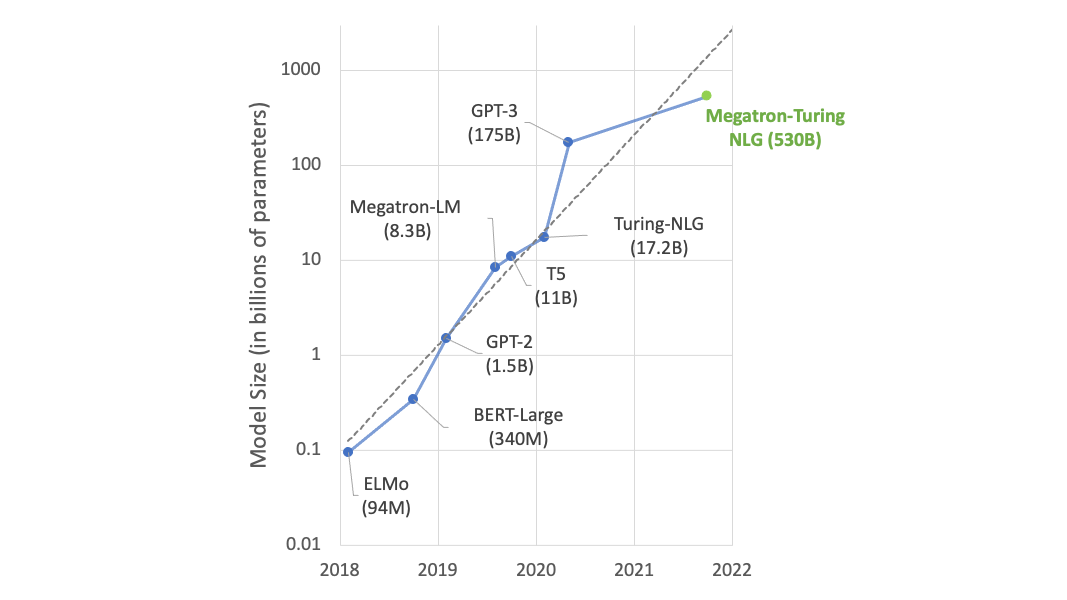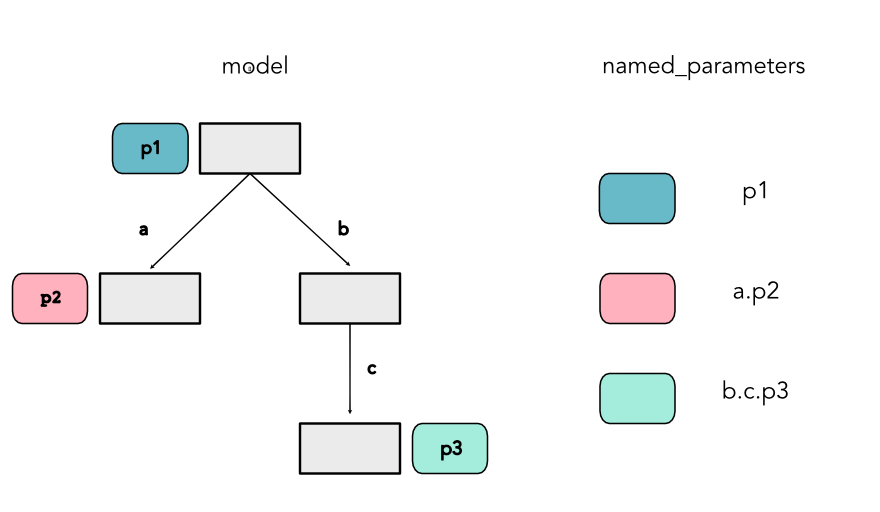Module 0.2 - Models and Modules¶
Module 0.2¶
Models and Modules
Class Note¶
- You need to link your GitHub account
- Still several students with unlinked accounts
Functional Programming¶
Function Type¶
In [2]:
def add(a: float, b: float) -> float:
return a + b
def mul(a: float, b: float) -> float:
return a * b
v: Callable[[float, float], float] = add
Functions as Arguments¶
In [3]:
from typing import Callable, Iterable
def combine3(
fn: Callable[[float, float], float], a: float, b: float, c: float
) -> float:
return fn(fn(a, b), c)
print(combine3(add, 1, 3, 5))
print(combine3(mul, 1, 3, 5))
9 15
Functional Python¶
Functions as Returns
In [4]:
def combine3(
fn: Callable[[float, float], float],
) -> Callable[[float, float, float], float]:
def new_fn(a: float, b: float, c: float) -> float:
return fn(fn(a, b), c)
return new_fn
In [5]:
add3: Callable[[float, float, float], float] = combine3(add)
mul3: Callable[[float, float, float], float] = combine3(mul)
print(add3(1, 3, 5))
9
Higher-order Filter¶
Extended example
In [6]:
def filter(fn: Callable[[float], bool]) -> Callable[[Iterable[float]], Iterable[float]]:
def apply(ls: Iterable[float]):
ret = []
for x in ls:
if fn(x):
ret.append(x)
return ret
return apply
Higher-order Filter¶
Extended example
In [7]:
def more_than_4(x: float) -> bool:
return x > 4
filter_for_more_than_4: Callable[[Iterable[float]], Iterable[float]] = filter(
more_than_4
)
filter_for_more_than_4([1, 10, 3, 5])
Out[7]:
[10, 5]
Functional Python¶
Rules of Thumbs:
- When in doubt, write out defs
- Document the arguments that functions take and send
- Write tests in for loops to sanity check
Quiz¶
Outline¶
- Modules
- Visualization
- Datasets
Modules¶
Model¶
Models: parameterized functions.
- $m(x; \theta)$
- $x \text{ - input}$
- $m \text{ - model}$
Initial Focus:
- $\theta \text{ - parameters}$
Parameters¶
- Anything learned is in the parameters.
- Modern parameters sets are both:
- Large
- Complex
Growth in Parameter Size¶

Specifying Parameters¶
- Datastructures to specify parameters
- Requirements
- Independent of implementation
- Compositional
Module Trees¶
- Each Module owns a set of parameters
- Each Module owns a set of submodules
Module Trees¶
Benefits
- Can extract all parameters without knowing about Modules
- Can use mix and match Modules for different tasks
Downsides
- Verbose, repeats some functionality of declaration and use.
Module Example¶
In [8]:
class OtherModule(Module):
def __init__(self):
# Must initialize the super class!
super().__init__()
self.uncool_parameter = Parameter(60)
class MyModule(Module):
def __init__(self):
# Must initialize the super class!
super().__init__()
# Type 1, a parameter.
self.parameter1 = Parameter(15)
self.cool_parameter = Parameter(50)
# Type 2, user data
self.data = 25
# Type 3. another Module
self.sub_module_a = OtherModule()
self.sub_module_b = OtherModule()
Parameters¶
- Everything that is learned in the model
- Controlled and changed outside the class
Submodules¶
- Other modules that are called
- Store their own parameters and submodules
- Together forms a tree
Everything Else¶
- Modules act mostly like standard python objects
- You can have additional information stored
Module Example¶
In [9]:
MyModule().named_parameters()
Out[9]:
[('parameter1', 15),
('cool_parameter', 50),
('sub_module_a.uncool_parameter', 60),
('sub_module_b.uncool_parameter', 60)]
Extended Example¶
In [10]:
class Module2(Module):
def __init__(self):
super().__init__()
self.p2 = Parameter(10)
class Module3(Module):
def __init__(self):
super().__init__()
self.c = Module4()
class Module4(Module):
def __init__(self):
super().__init__()
self.p3 = Parameter(15)
Extended Example¶
In [11]:
class Module1(Module):
def __init__(self):
super().__init__()
self.p1 = Parameter(5)
self.a = Module2()
self.b = Module3()
Module1().named_parameters()
Out[11]:
[('p1', 5), ('a.p2', 10), ('b.c.p3', 15)]
How does this work?¶
- Internally
Modulespies to findParameterandModuleobjects - A list is stored internally.
- Implemented through Python magic methods
Detail: Magic Methods¶
- Any method that starts and ends with
__ - Used to override default behavior of the language.
- We will use for many things, including operator overloading
Interception Code¶
Module construction
In [12]:
class MyModule(Module):
def __setattr__(self, key, val):
if isinstance(val, Parameter):
self.__dict__["_parameters"][key] = val
elif isinstance(val, Module):
self.__dict__["_modules"][key] = val
else:
super().__setattr__(key, val)
Parameter Naming¶
- Every parameter in a model has a unique name.
- Naming is determined by walking the tree.
- Names are prefixed by the path from the root.
Module Naming¶

Other Module Metadata¶
- Other information can be communicated through the tree.
- Common example: Is the model in train or test mode?
Homework Note¶
- Must be recursive implementation
- Have to walk the full tree
- (Companies love this as an interview question!)
Real World Examples¶
Code for language modeling
In [13]:
from torch import nn
class Block(nn.Module):
def __init__(self, n_ctx, config, scale=False):
super().__init__()
hidden_size = config.n_embd
inner_dim = config.n_inner if config.n_inner is not None else 4 * hidden_size
self.ln_1 = nn.LayerNorm(hidden_size, eps=config.layer_norm_epsilon)
self.attn = Attention(hidden_size, n_ctx, config, scale)
self.ln_2 = nn.LayerNorm(hidden_size, eps=config.layer_norm_epsilon)
if config.add_cross_attention:
self.crossattention = Attention(
hidden_size, n_ctx, config, scale, is_cross_attention=True
)
self.ln_cross_attn = nn.LayerNorm(
hidden_size, eps=config.layer_norm_epsilon
)
self.mlp = MLP(inner_dim, config)
GPT 2¶
Real World Examples¶
Block from image classification
In [14]:
class Inception3(nn.Module):
def __init__(
self,
num_classes=1000,
aux_logits=True,
transform_input=False,
inception_blocks=None,
init_weights=None,
):
super(Inception3, self).__init__()
...
self.aux_logits = aux_logits
self.transform_input = transform_input
self.Conv2d_1a_3x3 = conv_block(3, 32, kernel_size=3, stride=2)
self.Conv2d_2a_3x3 = conv_block(32, 32, kernel_size=3)
self.Conv2d_2b_3x3 = conv_block(32, 64, kernel_size=3, padding=1)
self.maxpool1 = nn.MaxPool2d(kernel_size=3, stride=2)
self.Conv2d_3b_1x1 = conv_block(64, 80, kernel_size=1)
self.Conv2d_4a_3x3 = conv_block(80, 192, kernel_size=3)
self.maxpool2 = nn.MaxPool2d(kernel_size=3, stride=2)
self.Mixed_5b = inception_a(192, pool_features=32)
self.Mixed_5c = inception_a(256, pool_features=64)
self.Mixed_5d = inception_a(288, pool_features=64)
self.Mixed_6a = inception_b(288)
self.Mixed_6b = inception_c(768, channels_7x7=128)
self.Mixed_6c = inception_c(768, channels_7x7=160)
self.Mixed_6d = inception_c(768, channels_7x7=160)
self.Mixed_6e = inception_c(768, channels_7x7=192)
if aux_logits:
self.AuxLogits = inception_aux(768, num_classes)
self.Mixed_7a = inception_d(768)
self.Mixed_7b = inception_e(1280)
self.Mixed_7c = inception_e(2048)
self.avgpool = nn.AdaptiveAvgPool2d((1, 1))
self.dropout = nn.Dropout()
self.fc = nn.Linear(2048, num_classes)
Visualization¶
Main Idea¶
- Show properties of your model as you code
- See real time graphs as you train models
- Make convincing figures of your full system
Code Snippet¶
Streamlit windows
import streamlit as st
st.write("## Sandbox for Model Training")
...
st.plotly_chart(fig)
Gotchas¶
- Changes to the visualization code will autoupdate
- Changes to the library will not autoupdate
Datasets¶
Sneak Preview¶
- Task 0.5: Intro to our first ML problem
- Basic separation of points on a graph
- Manual classifier
Datasets¶
- Simple
- Diag
- Split
- Xor
Parameter Knobs¶
- W1
- W2
- Bias
